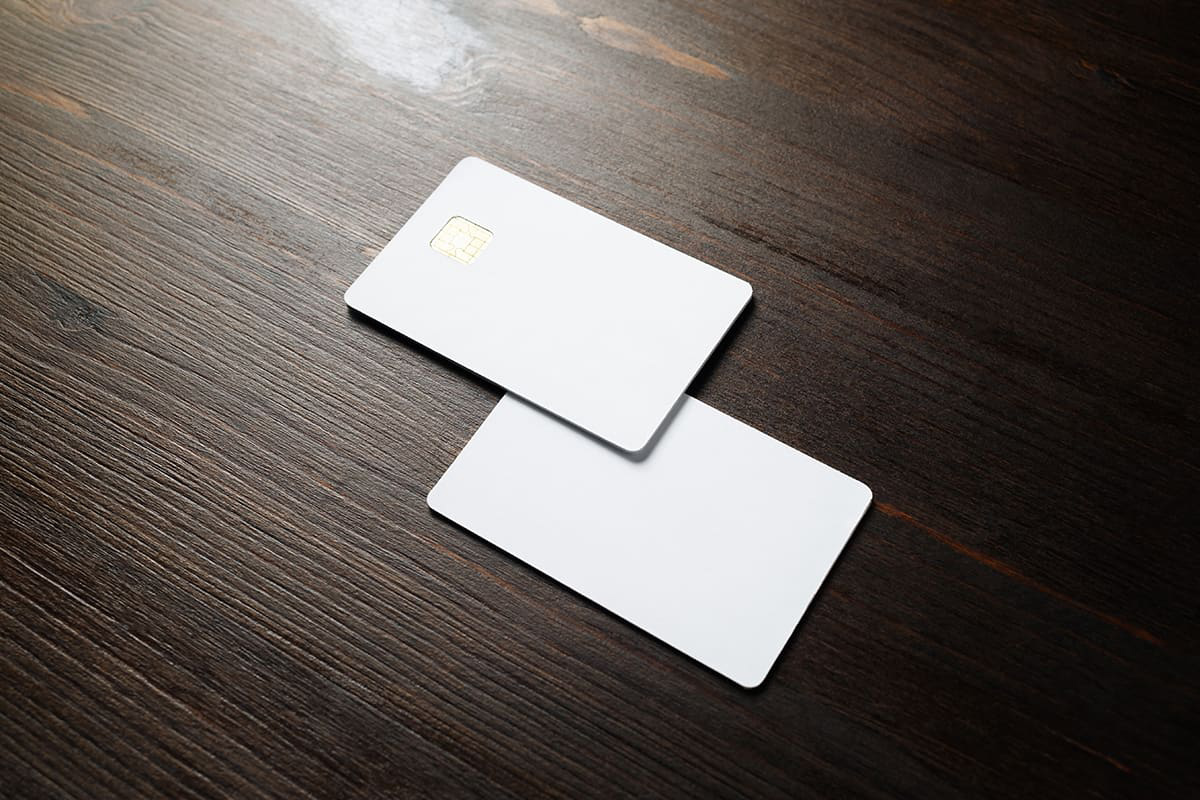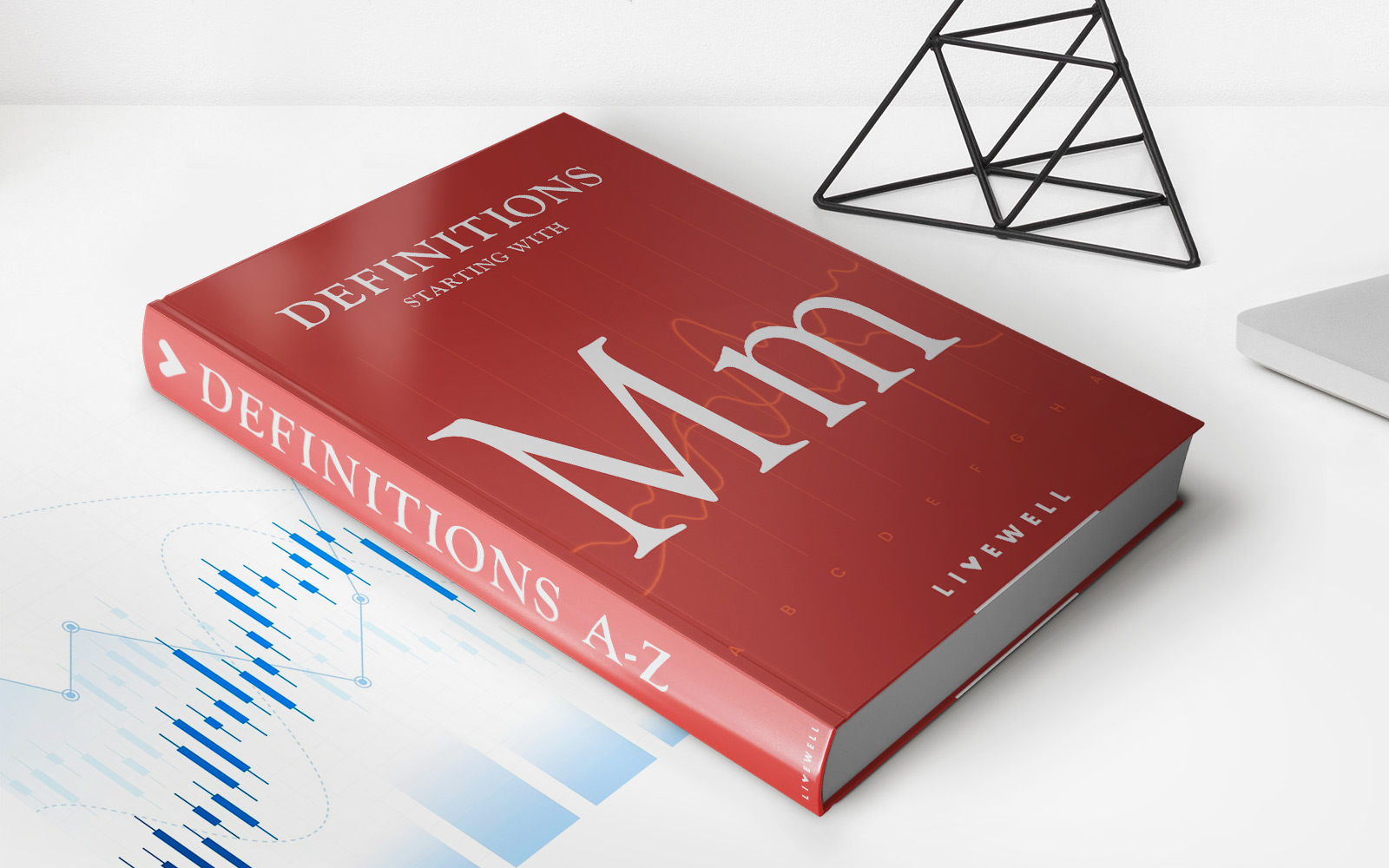

Finance
How Big Is A Credit Card In Inches
Published: November 25, 2023
Discover the dimensions of a credit card in inches and learn more about the financial aspects related to it with our comprehensive finance guide.
(Many of the links in this article redirect to a specific reviewed product. Your purchase of these products through affiliate links helps to generate commission for LiveWell, at no extra cost. Learn more)
Table of Contents
Introduction
When it comes to credit cards, they have become an essential part of our daily lives. We use them for everyday transactions, online shopping, and even for emergencies. But have you ever wondered about the size of a credit card? While it may seem like a trivial detail, credit card size can vary, and understanding these variations can be helpful in various situations.
In this article, we will explore the different sizes of credit cards, from the standard dimensions to unconventional variations. Let’s dive in and discover just how big a credit card can be.
Understanding the size of a credit card can be particularly important when it comes to choosing the right wallet or cardholder to keep your cards safe and organized. It can also be helpful to know the dimensions if you plan on designing custom cards or need to differentiate between different types of cards.
So, how big is a credit card exactly? Well, typically, a standard credit card is about 3.375 inches (85.6 millimeters) in width and 2.125 inches (53.98 millimeters) in height. This is the size that most credit cards, including bank-issued cards and major credit card brands like Visa, Mastercard, American Express, and Discover, adhere to. However, there can be some variations in thickness and shape.
Standard Credit Card Size
The standard size of a credit card is universally recognized and used by the majority of credit card issuers. As mentioned earlier, the dimensions of a standard credit card are approximately 3.375 inches (85.6 millimeters) in width and 2.125 inches (53.98 millimeters) in height.
This uniform size allows credit cards to fit seamlessly into card readers, payment terminals, and ATMs. The consistency in size ensures that the cards can be easily processed and used across various payment systems globally.
Additionally, standard credit cards are usually made from a thin but durable plastic material that can withstand everyday wear and tear. This durability allows them to be swiped, inserted, or tapped repeatedly without significant damage or deformation.
The standard credit card size offers convenience and ease of use, fitting comfortably in most wallets, cardholders, and pockets. This universal size also enables individuals to carry multiple credit cards without much hassle.
Furthermore, credit cards of the standard size often include essential information such as the cardholder’s name, card number, expiration date, and security code. The standardized dimensions help ensure that this important information is consistently and accurately displayed across various card designs.
Next time you take out your credit card, take a closer look at its dimensions. Chances are, it will closely match the standard credit card size, guaranteeing its usability and compatibility in various banking and payment systems worldwide.
Thickened Credit Cards
In recent years, there has been a trend towards thicker credit cards. These cards are designed to offer a more premium and substantial feel compared to the standard thin plastic cards. While the dimensions of thickened credit cards remain the same as the standard size, the thickness is increased to create a sturdier and more robust card.
Thickened credit cards can be preferred by individuals who value a higher quality tactile experience when using their cards. The added thickness gives a sense of durability and luxury, making them feel more substantial in hand.
One common type of thickened credit card is known as a metal credit card. These cards are typically made from a combination of metal alloys, such as stainless steel or aluminum. The metal construction not only enhances the card’s durability but also provides an elegant and sophisticated appearance.
Another type of thickened credit card is a reinforced plastic card. These cards have an extra layer or layers of PVC or other reinforced materials to increase their thickness and strength. Reinforced plastic cards are often used by premium or exclusive credit card issuers to signify a higher status or membership.
Though thickened credit cards offer enhanced durability and a luxurious feel, it’s important to note that they can be less flexible than standard credit cards. Some cardholders or payment terminals may not accommodate the extra thickness, leading to difficulties during transactions.
It’s also worth considering that thickened credit cards may come with additional fees or higher annual membership costs due to their premium materials and construction. Before applying for a thickened credit card, make sure to evaluate the benefits and drawbacks to determine if it aligns with your needs and preferences.
If you’re someone who appreciates the finer details and enjoys the feel of a premium card, a thickened credit card may be an appealing choice. Just keep in mind the potential limitations and consider how it will fit into your everyday usage and interactions with payment systems.
Mini Credit Cards
While standard-sized credit cards are the most common, there is also a niche market for mini credit cards. These miniaturized versions of credit cards have the same functionality as their larger counterparts but come in smaller dimensions.
Mini credit cards are typically about 80% to 90% the size of a standard credit card. This means that they are around 2.7 to 3 inches (68.58 to 76.2 millimeters) in width and 1.9 to 2.1 inches (48.26 to 53.34 millimeters) in height.
Mini credit cards have gained popularity for their portability and convenience. Their smaller size makes them easier to carry and slip into compact wallets, coin purses, or even attached to a keychain. These cards are especially favored by individuals who want to travel light or have limited space in their pockets.
Despite their reduced size, mini credit cards still contain all the necessary information, such as the cardholder’s name, card number, expiration date, and security code. The only difference is the overall dimensions, which are scaled down to a more compact form.
It’s important to note that not all credit card issuers offer mini credit card options. They are often available as a novelty or promotional item from certain banks, retailers, or as limited edition cards. So if you’re interested in getting a mini credit card, make sure to check with your card issuer or explore special promotions that may offer this smaller-sized alternative.
Mini credit cards can be a fun and unique way to showcase your personal style or cater to your preference for compactness. Just bear in mind that the smaller size may make it slightly more challenging to handle and use, especially for individuals with larger hands or visual impairments.
If you’re someone who enjoys novelty items or wants a credit card that stands out from the crowd, a mini credit card could be a fascinating choice. However, if ease of use and compatibility with card readers are top priorities, sticking with the standard-sized credit card might be a more practical option.
Oversized Credit Cards
On the opposite end of the spectrum from mini credit cards, there are also oversized credit cards that go beyond the standard dimensions. These cards break away from the traditional size and aim to make a bold statement.
Oversized credit cards come in various sizes, but they are generally larger than the standard dimensions. Some can be as wide as 4 inches (101.6 millimeters) or as tall as 2.5 inches (63.5 millimeters). These dimensions can make them stand out and catch attention.
Oversized credit cards are often used for promotional purposes, special events, or as novelty items. They can help businesses or organizations leave a lasting impression on their customers or clients, as the larger size can create a unique and memorable interaction.
While oversized credit cards may not be practical for everyday use, they can serve as a creative and eye-catching marketing tool. They are often seen in marketing campaigns, trade shows, or as gifts or collectible items. People often enjoy the novelty and uniqueness of these cards, making them more likely to keep and remember the brand or organization associated with them.
However, it’s important to note that due to their non-standard size, oversized credit cards may not be accepted by all card readers or payment terminals. This can limit their usability in certain situations where only standard-sized cards are accepted. So, if you do have an oversized credit card, ensure you have a backup standard-sized card for regular transactions.
Whether it’s for branding purposes or for personal enjoyment, oversized credit cards offer a distinct and attention-grabbing alternative to the typical dimensions. They can make a statement and spark conversations, leaving a lasting impression on those who encounter them.
So, if you’re looking to make a grand gesture or stand out from the crowd, an oversized credit card might be just the unique touch you need.
Non-standard Credit Card Sizes
While the standard-sized credit card is the most common, there are instances where credit cards deviate from the typical dimensions. These non-standard sizes can be used for various purposes, from practicality to customization.
For example, some credit card issuers offer slim or thin credit cards as an alternative to the standard thickness. These cards maintain the same length and width as a standard credit card but are notably thinner. This slim design is often favored by individuals who prefer a sleeker and more minimalist approach.
On the other hand, there are credit cards that go beyond the standard width or height, creating a larger overall size. These non-standard oversized cards offer more space for designs, branding elements, or even additional information, making them an appealing choice for custom or commemorative cards.
Additionally, there are credit cards with unconventional shapes, such as circular, square, or even triangular. These unique shapes can add a creative and visually appealing touch to the card, standing out from the traditional rectangular design.
Customization is another reason for non-standard credit card sizes. Some cardholders may have personalized or limited edition credit cards that deviate from the standard dimensions. These custom-sized cards can be produced to align with a specific theme, event, or branding and are often used as collectible items or for promotional purposes.
While non-standard credit card sizes offer novelty and customization, it’s important to consider their practicality and acceptance. Cards with unconventional dimensions may not fit in standard cardholders or may not be compatible with some card readers or payment terminals.
If you are considering a non-standard credit card size for personalization or branding purposes, it’s crucial to communicate with the card issuer and ensure their compatibility and acceptance within the payment infrastructure you plan to use.
Non-standard credit card sizes can add a unique touch and personal flair to your financial transactions, whether it’s a slim design, oversized format, or unconventional shape. Just be mindful of their compatibility and practicality, as they may not always be suitable for every situation.
Conclusion
Understanding the different sizes of credit cards is important for practical and aesthetic reasons. While the standard credit card size of 3.375 inches by 2.125 inches is the most common and widely accepted, there are variations that cater to different preferences and needs.
Thickened credit cards offer a more substantial and luxurious feel due to their increased thickness. These cards can be made of metal or reinforced plastic, providing durability and a premium appearance.
On the other hand, mini credit cards are smaller in size, making them more portable and convenient for those who prefer a compact option. They maintain the essential information of a standard credit card but in a scaled-down form.
Oversized credit cards, while not practical for everyday use, are attention-grabbing and serve as promotional or novelty items. They allow for more creative designs and branding opportunities.
Non-standard credit card sizes, such as slim or thin cards, oversized cards, or those with unique shapes, offer customization and personalization options. However, their compatibility and acceptance may vary, so it’s important to consider their practicality for everyday transactions.
In conclusion, the size of a credit card can vary beyond the standard dimensions. Whether you prefer a traditional card, a slim and sleek design, a compact and portable option, or something attention-grabbing and unique, there are credit card sizes available to suit your preferences. Just remember to consider factors like compatibility, practicality, and acceptance as you explore different sizes and types of credit cards.













